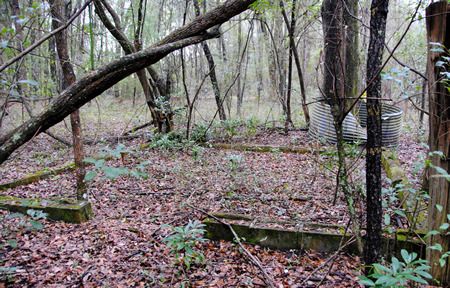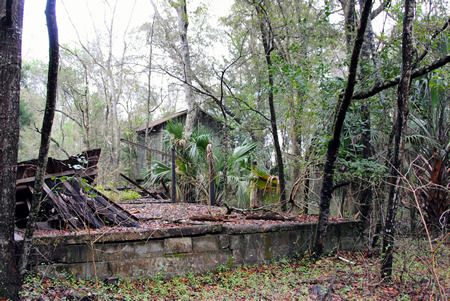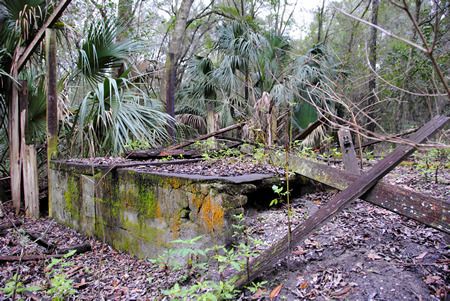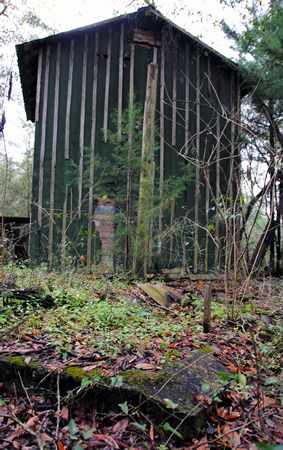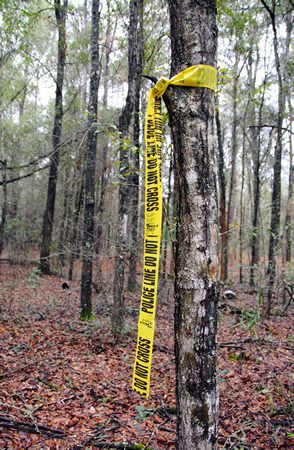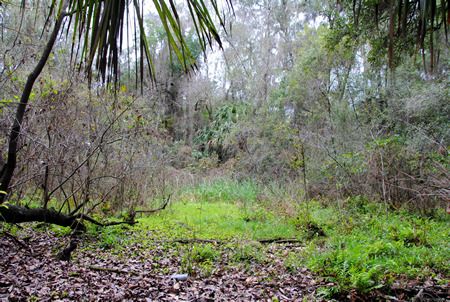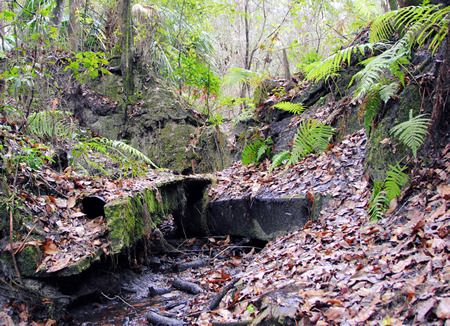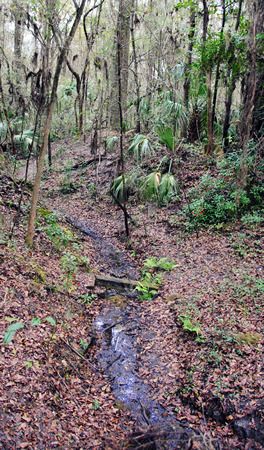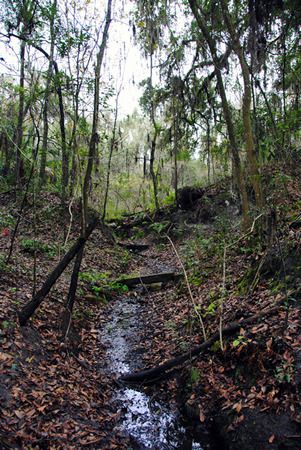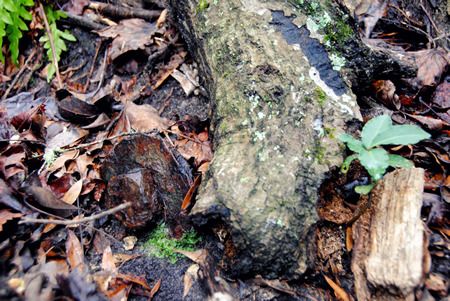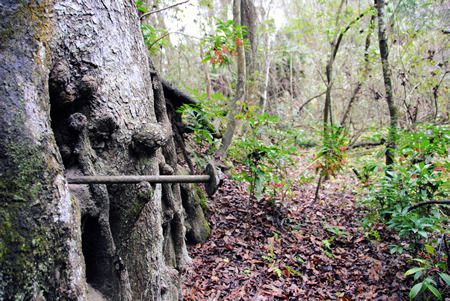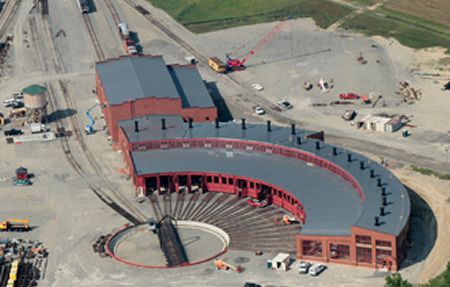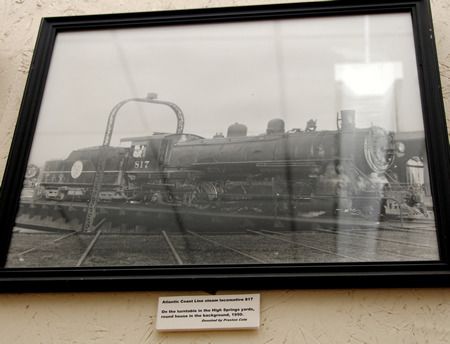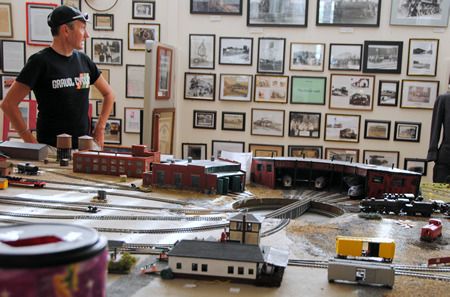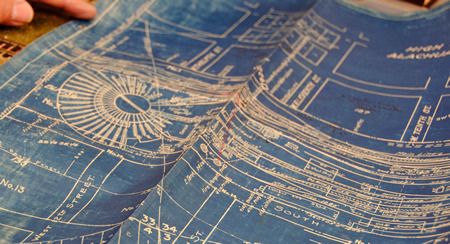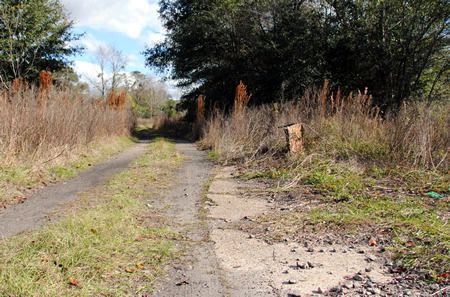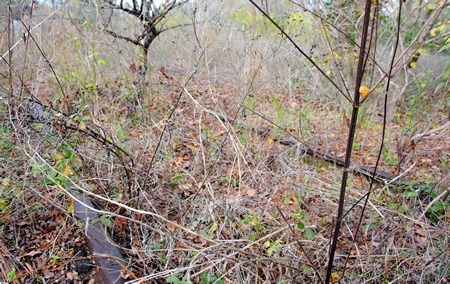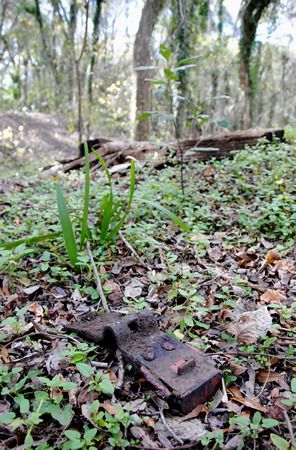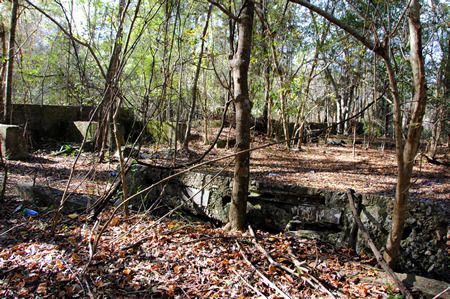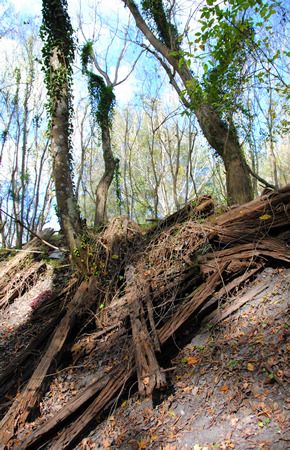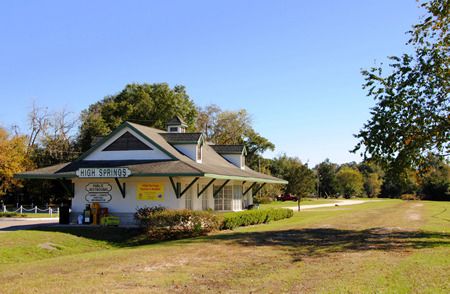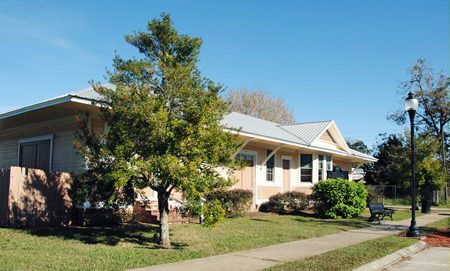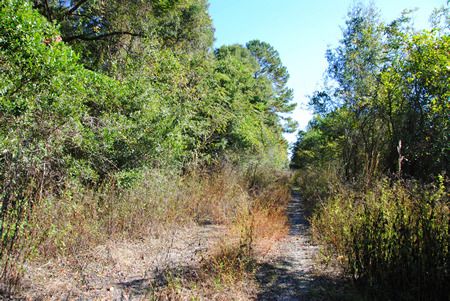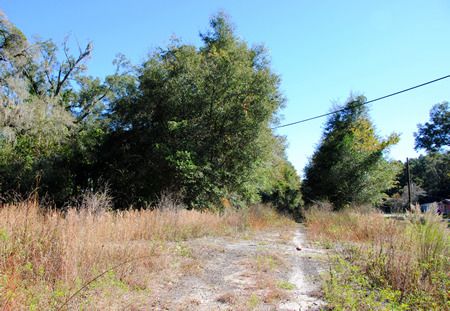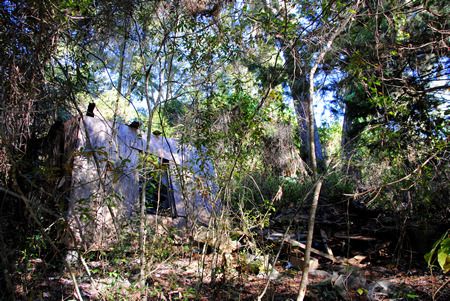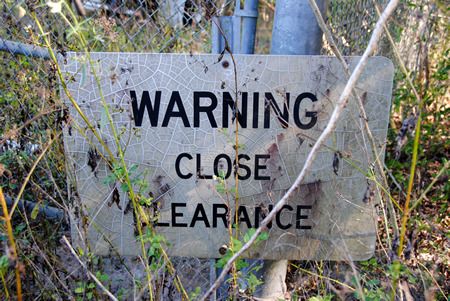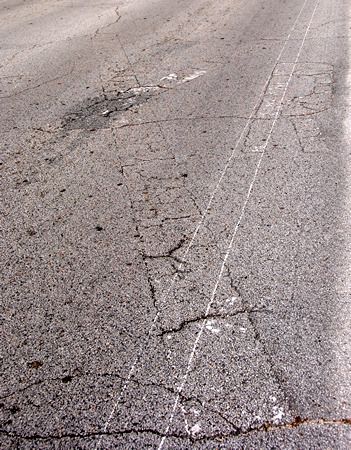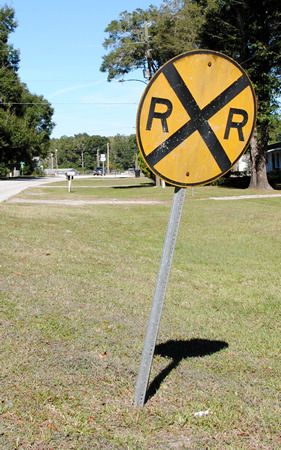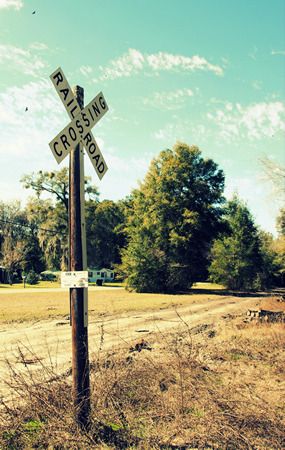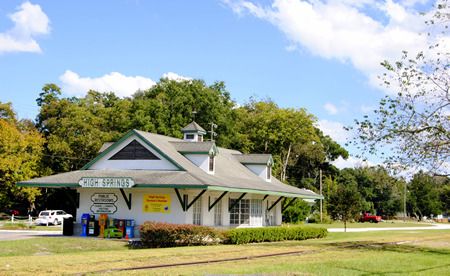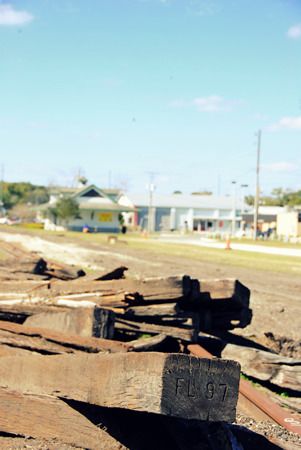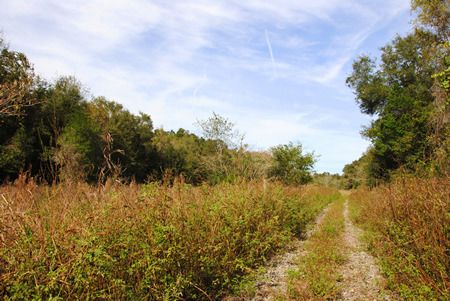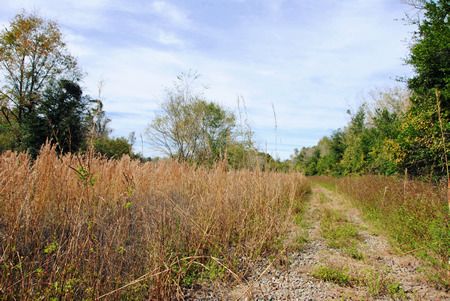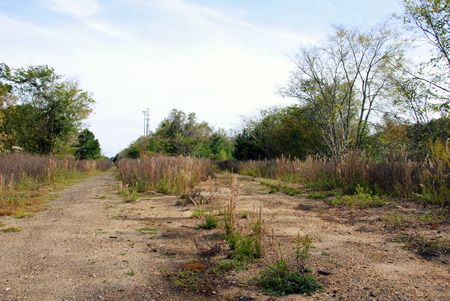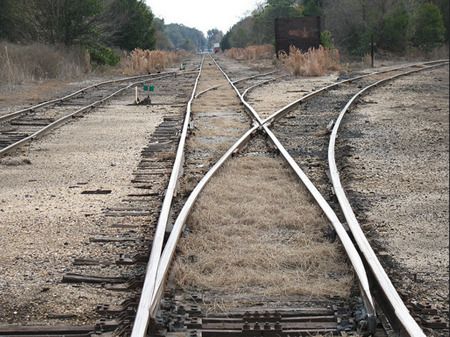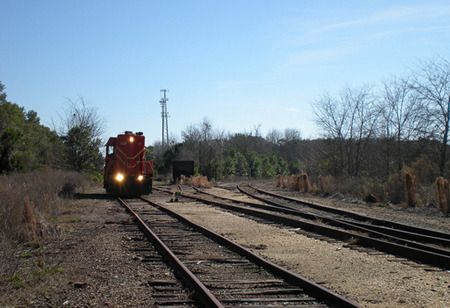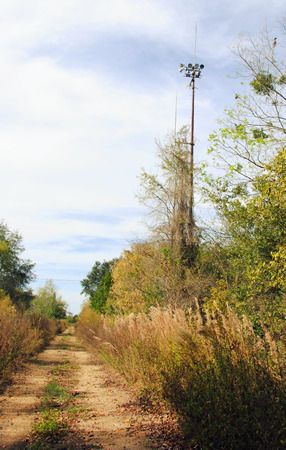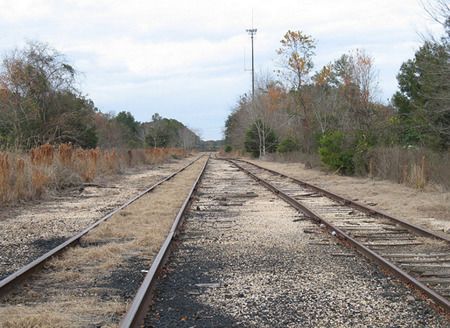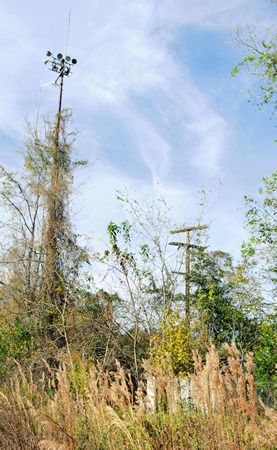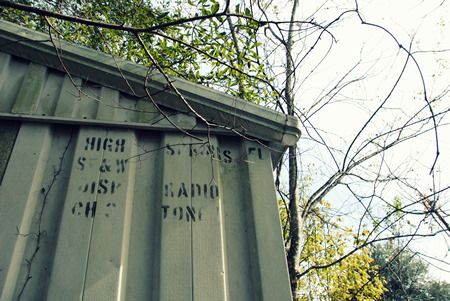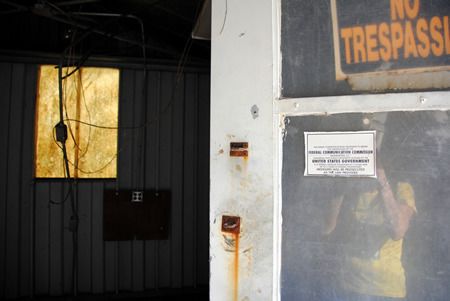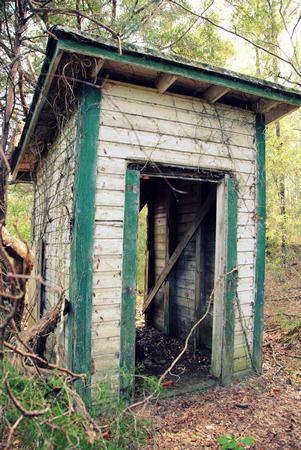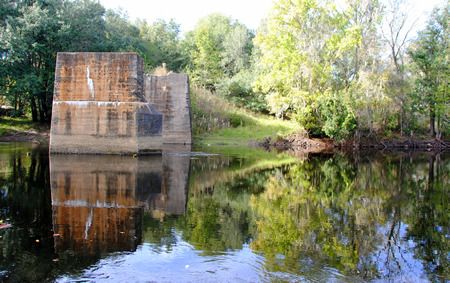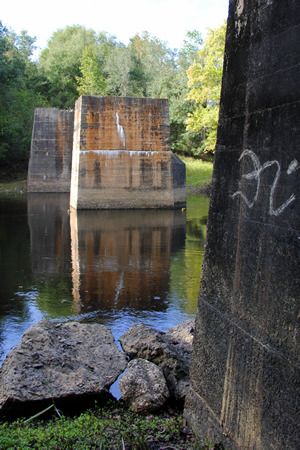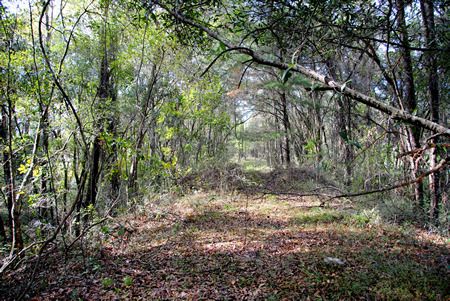It has indeed been a long road.
Our original closing date was scheduled for December 2017. This was rescheduled
to March 2018, then December 2018. Each of these extensions was agreed to in
order to continue to work with CSX on an appropriate Soil Management and
Capping Plan that will ensure the public can safely use the rail corridor for a
trail once the County has acquired the property.
We have, most recently, entered
into an agreement to extend closing to January 2019, but will likely have one
more extension through June to ensure that we have all our ducks in a row. We
are continuing to work with CSX and the Trust for Public Land on this project.
I wrote back and asked if the purchase would include the remains
of the historic High Springs rail yards and was told that no, the purchase
would only include the rail corridor proper, not the rail yards. This, as you
might imagine, was a combination of both good news and bad news.
I checked the property appraiser’s website and confirmed that CSX does
still own most of the rail yard land (blue). Oddly enough, according to the Alachua County Property Appraiser's website, the
green land belongs to the State of Florida through the Internal Improvement Fund
passed in 1855 “to oversee the management, sale, and development of public
lands granted to the State through various Congressional acts. Among the
internal improvements arranged through this agency were construction of canals,
railroads, and land drainage and reclamation.” The address provided by the property appraiser for this property
is the State of Florida Department of Environmental Protection.
Blue: CSX; Green: State of Florida
Blue: CSX; Green: State of Florida
The land roughly encircled in red belongs to the State of Florida.
That’s exciting! It indicates that the
green land has a strong possibility of remaining undeveloped. Perhaps, if the
county is unable or unwilling to purchase the non-corridor land, perhaps the
state would? I would love to see this area remain wild and undeveloped. It
would be great if we could somehow turn the former rail yard property into a historical
park, either belonging to the state or the city – and once the bike trail goes
in (although goodness knows when that project will actually be finished), it
would be a great place to picnic, relax, and enjoy nature right alongside the
trail.













